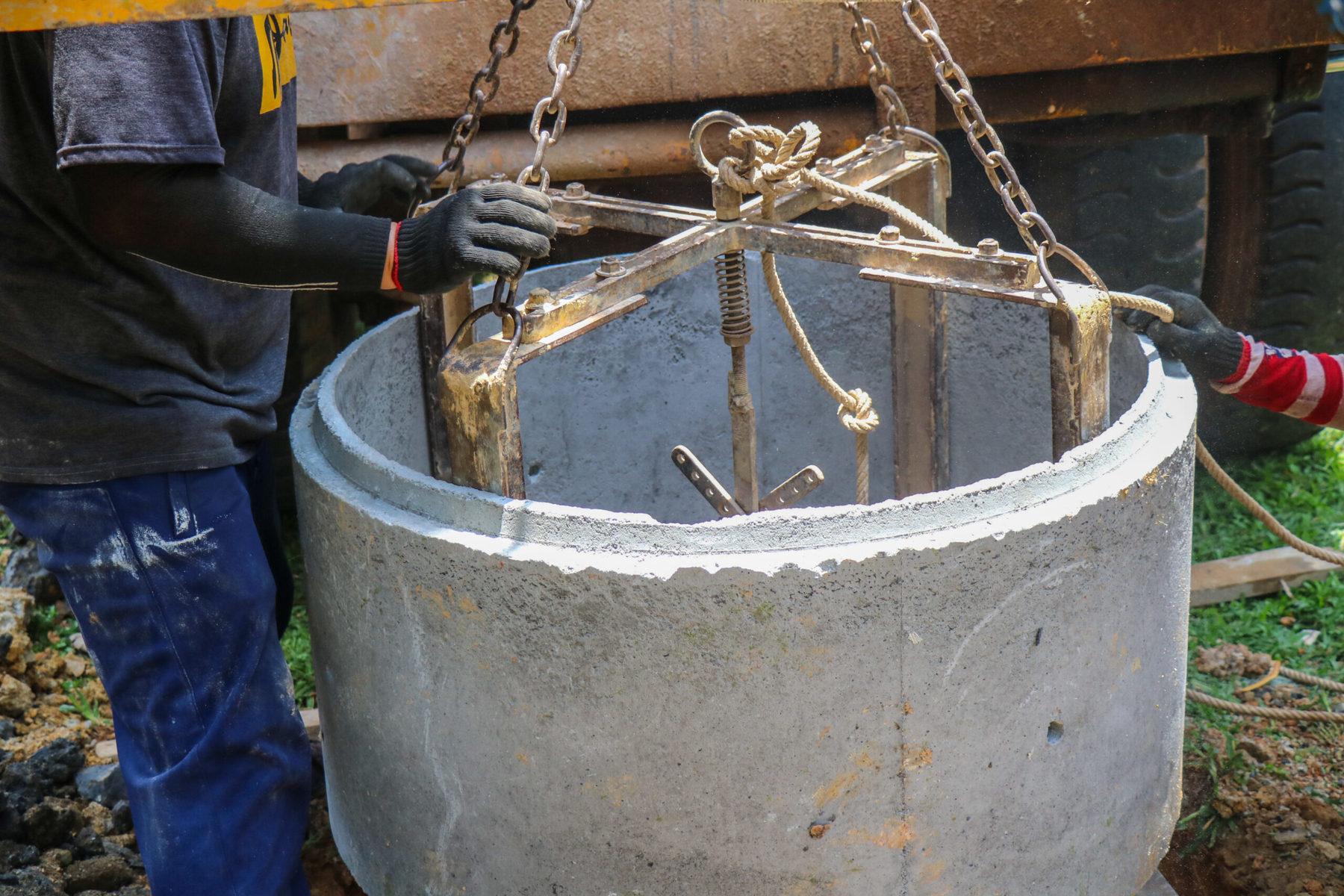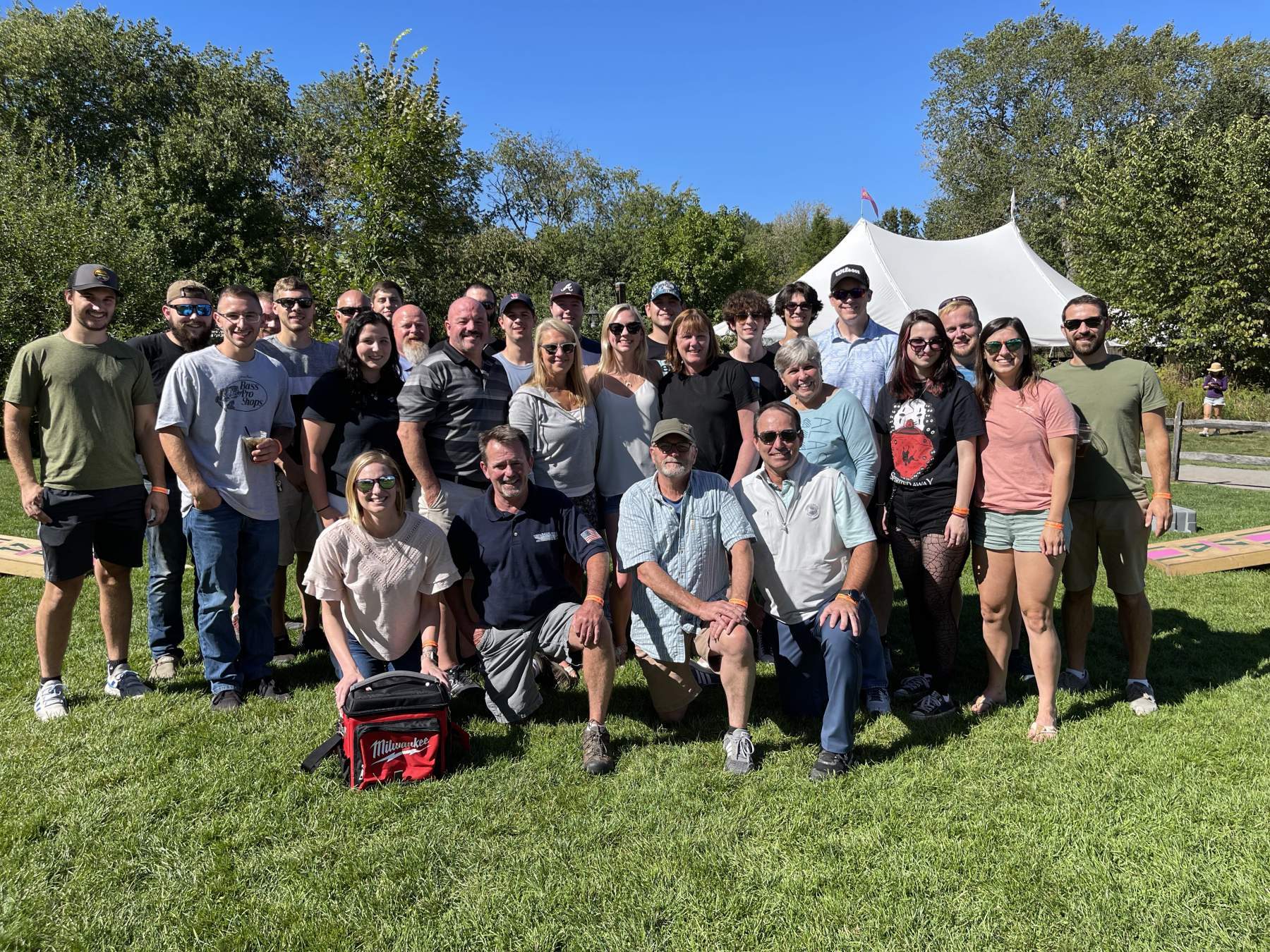The U.S. Energy Information Administration states that more than half of the energy used in residential homes is directly spent on heating and cooling which means your HVAC system has the largest carbon footprint in your home. Traditional heating & cooling units heat the air it takes from outside by burning fossil fuels in a furnace or boiler or cools the air down in an air conditioning unit before it is distributed throughout the house. Geo-Thermal heating and cooling systems have been around since the late 1940’s but many homeowners do not choose this option when thinking of their heating and cooling system for various reasons.
Geothermal heat pumps use the earth’s constant temperature 4-8 feet below the ground to exchange heat from the ground to your home or in the summer to send warm air from inside to the ground outside to cool your home. In comparison to a regular air source heat pump they are more quite, last longer and need little maintenance. However, a homeowner’s hesitation usually comes when they research the initial installation process which can run several times more expensive than an air source heat pump.
There are three types of loop systems for geothermal energy. Vertical where the pipes are buried vertically into the ground in holes as deep as 400ft. Horizontal where the pipes lay in trenches that are about 4-6 ft deep. Lastly, the well water system where two boreholes are drilled deep into the ground. One hole is the source of the water and the other is the injection well. The most common method in New England is the vertical loop method since the soil is full of large rocks and thick tree roots. This method also causes the least disruption to the landscaping, however, it is the most expensive to install due to the equipment needed for drilling and the expertise required for proper installation.
Since we are in New England, Wilson Brother has the most experience with the vertical loop geothermal energy method which starts with a soil condition assessment to see how much digging and drilling is needed and to make sure it is possible to install the geothermal heat pump system on the lot. This may be where the bus stops but if you get the green light, you can begin the installation process.
Now the excavation process begins drilling deep down to create holes 6-8 inches in diameter around 200-500 feet deep for the pipes. Once the drilling is done, the pipe needs to be placed in the holes in a U-shape and filled with grout which helps with thermal conductivity eliminating air. A 5ft trench is dug back to your home and the unit is connected to the inside heat pump. This all may seem like it could take weeks to finish, however, the process can be done in a week depending on the amount of drilling needed. Once the geothermal system is all set-up, you can start to enjoy lower energy bills and it is estimated that the initial cost will be returned within 5 – 10 years. There are even more pollution benefits like the reduction of noise pollution since you won’t need an outside unit and cleaner indoor air quality that will reduce humidity which will keep you feeling comfortable and cozy in your home all year long.
Source: https://www.pmmag.com/articles/103308-geothermal-the-model-of-environmentally-friendly









